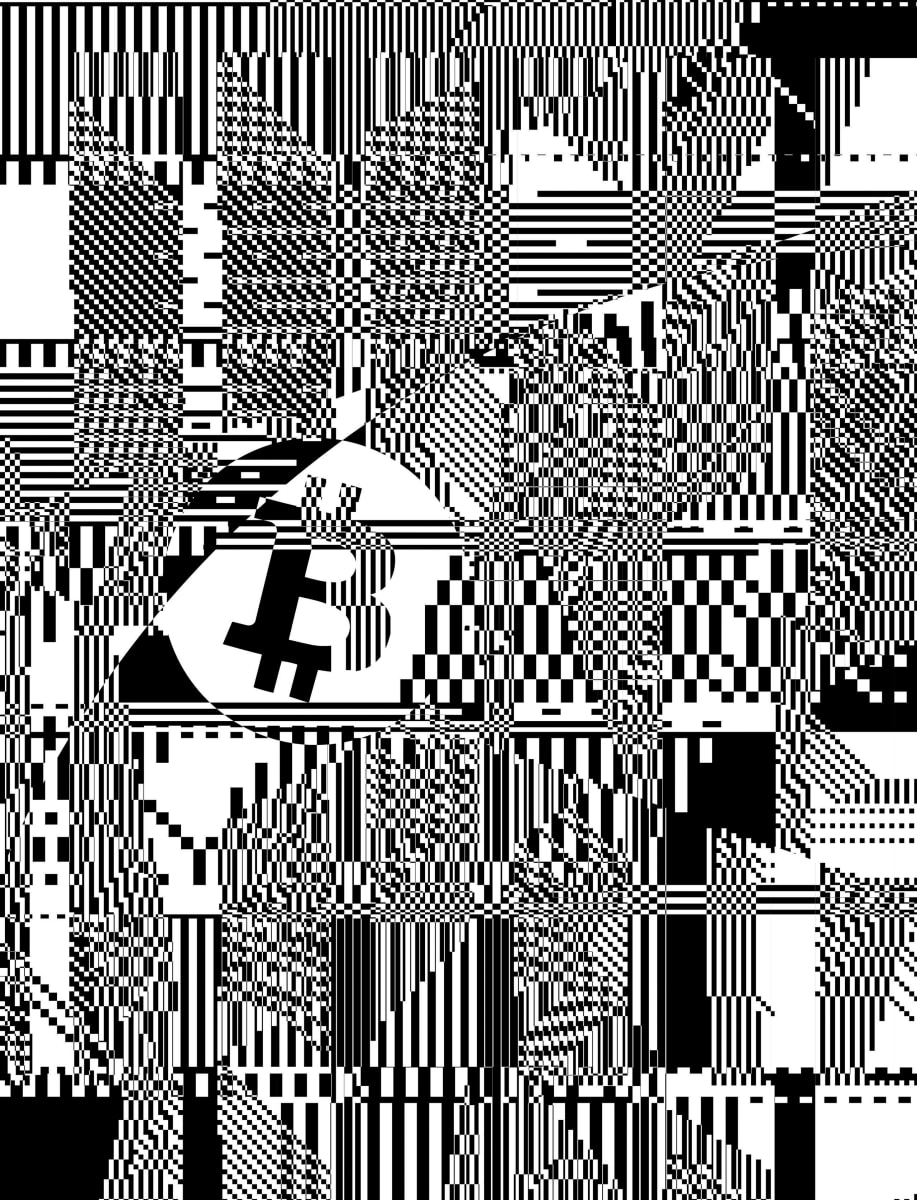
2018-8-1 23:00 |
Widespread blockchain fervor is producing some fascinating concepts and uses cases for the new technology. In every niche, there seems to be someone who sees the potential and strives for implementation. Not surprisingly, financial institutions seem to be at the forefront of blockchain experimentation, but regardless, blockchain has made its way well beyond finance and currency and is appearing in some unexpected places.
Babies on the BlockchainA women’s aid project in Tanzania is using blockchain to make sure beneficiaries receive care, supplies, and services. AID: Tech, dedicated to transparency in aid delivery via blockchain and digital identity, and PharmAccess, a Dutch-based NGO that focuses on projects in Africa and the use of technology to make aid delivery efficient, have teamed up to assist pregnant women in this sovereign state in eastern Africa.
The women can get a digital ID that tracks their receipt of benefits, which includes vitamins, medical visits, and medicine. This month, the births of three babies were recorded on the blockchain, a definite “first” for the technology. The blockchain system will continue to track medical visits, allowing the organizations behind the policy to verify that funds are going where they are intended and that postnatal care is received.
CEO and Co-Founder of AID: Tech, Joseph Thompson, was inspired to bring blockchain to charity after a charity lost a large donation of his, never to reach its intended beneficiaries. AID: Tech first piloted blockchain technology in aid efforts in 2015 to provide food to Syrian refugees in a camp in Tripoli, Lebanon. The system was effective at delivering 500 food vouchers, all of which were redeemed successfully by refugees. The system also identified 20 fraudulent vouchers, none of which were redeemed.
If there is any sector that needs the transparency afforded by blockchain, it is that of charity.
From tracking aid delivery to screensavers that mine cryptocurrency for a charitable organization, to the auction of a CryptoKitty to raise funds for marine life protection, it is exciting to see the ways blockchain is impacting this vital sector.
Blockchain: So Hot Right NowExploitation of workers and resources are significant concerns in the fashion industry and garment production. Most people, if given a choice between two products of similar quality, function, and price, would prefer to purchase items made sustainably by workers who are treated fairly. Sixty-six percent of people polled across the world in 2015 were even willing to pay more for sustainably produced goods. More recently, a Mintel survey in China predicted ethically produced products to be a significant trend of 2018 consumerism, and that 58 percent of Chinese respondents to a survey stated they were willing to pay higher prices for ethically produced products.
Martina Spetlova, a Czech designer, is marrying her designs with a blockchain technology platform created by Provenance. The mission statement of the tech company expresses a desire to bring transparency to the origin of goods for consumers to have a means of choosing sustainable and eco-friendly purchases. Spetlova, who currently has a relatively small-scale business, likes the idea of having the stories behind her creations available to customers. Some of the stories behind her pieces include “fabric made from recycled plastic bottles” and refugee-woven, chrome-free leather.
A small chip is embedded in Spetlova’s participating pieces–wash-safe, of course. When scanned with a phone camera, an associated link is provided, allowing customers to read about the product and see pictures that illustrate the origins of the materials. Spetlova is particularly excited about the blending of the trends of sustainability and technology with her line. Chip-embedded products will be rolled out in October, and she says there is already vital interest, just based on the technology.
In a similar story, BTCManager reported on a New Zealand startup, Origins, which recently received funding to create a blockchain-based supply chain tracking platform for the apparel industry. Ensuring, transparency, sustainability, and ethical treatment of workers are at the heart of the project.
Collectible PoetryPoets, poetry lovers, and collectors will likely all embrace this next unique application of blockchain. A Blockchain Poetry Auction was created just days ago in Hong Kong at the NIFTY Conference and Hackathon. The combined efforts of New York-based CoinFund and London-based uniqx.io resulted in the development of a way for poets to receive rewards for their creativity.
As explained by Irish Tech News:
“This proof-of-concept project allows buyers to purchase a limited edition, cryptographically signed copy of the poem, and the non-fungible token will contain a reference hash to the poem which is then stored off-chain.”
The signed, collectible editions of poems can be kept, sold, or shared online by purchasers. Four pieces by poet Frederick Turner, are currently up for bidding in the UNIX Market.
Poetry, at present, is not the most viable means of making a living, and paper-publishing has various limitations. Co-founder of CoinFund, Aleksandr Bulkin, hopes the project will help feed the proverbial starving writers of the world by incentivizing poetry in a new way. As poetry joins visual art as a buyable, sellable, tradeable asset on the blockchain, it wouldn’t be surprising to see other literature genres finding a home on the blockchain as collectibles as well. Blockchain may even prove to revolutionize the concept of self-publishing.
Blockchain to Infinity and BeyondCoral is a lunar exploration program that, through blockchain technology, will be led by citizens. Behind the mission is Space Cooperative. Based out of California and worker-owned, the coop consists of team members from around the world with expertise in space architecture, software development, engineering, and socio-ecological systems design.
Their project, Space Decentral, is integral to Coral. In addition to being a social network, it is the “first mission control center of a Decentralized Autonomous Organization (DAO) powered by blockchain technology.” Space Decentral is intended to make dreams of space travel and habitation into reality by enabling “participants to crowdsource, crowdfund, and implement the next generation of citizen-driven space initiatives.”
The Coral program, which takes its name from the marine lifeform that builds its habitat by pulling minerals from seawater, is currently focused on using lunar regolith, a lunar resource, to drive experiments in habitat construction on the moon. The ultimate goal, achievable only after various phases and technological development, will be to make the journey to the moon and construct a habitat prototype with robotic technology.
Fortunately, the program has four former NASA employees within its ranks, which, in conjunction with the enthusiasm and ideals of the cooperative, seems to make for a promising and exciting blockchain use case.
The post Move Over Bitcoin: Blockchain Meets Babies, Fashion, Poetry, and Space Travel appeared first on BTCMANAGER.
origin »High Performance Blockchain (HPB) íà Currencies.ru
|
|






























